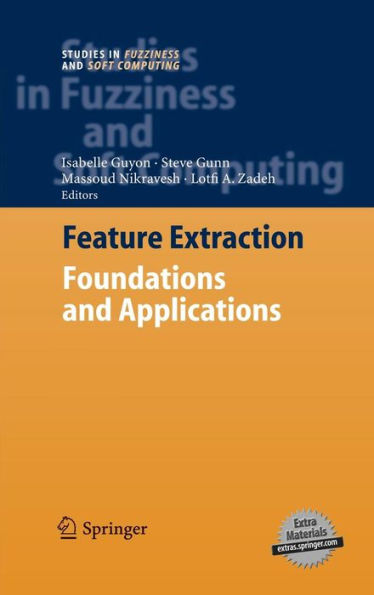5
1
9783540354871


Feature Extraction: Foundations and Applications / Edition 1 available in Hardcover

Feature Extraction: Foundations and Applications / Edition 1
- ISBN-10:
- 3540354875
- ISBN-13:
- 9783540354871
- Pub. Date:
- 08/29/2006
- Publisher:
- Springer Berlin Heidelberg
- ISBN-10:
- 3540354875
- ISBN-13:
- 9783540354871
- Pub. Date:
- 08/29/2006
- Publisher:
- Springer Berlin Heidelberg
329.99
In Stock

Product Details
| ISBN-13: | 9783540354871 |
|---|---|
| Publisher: | Springer Berlin Heidelberg |
| Publication date: | 08/29/2006 |
| Series: | Studies in Fuzziness and Soft Computing , #207 |
| Edition description: | 2006 |
| Pages: | 778 |
| Product dimensions: | 6.10(w) x 9.25(h) x (d) |
From the B&N Reads Blog
